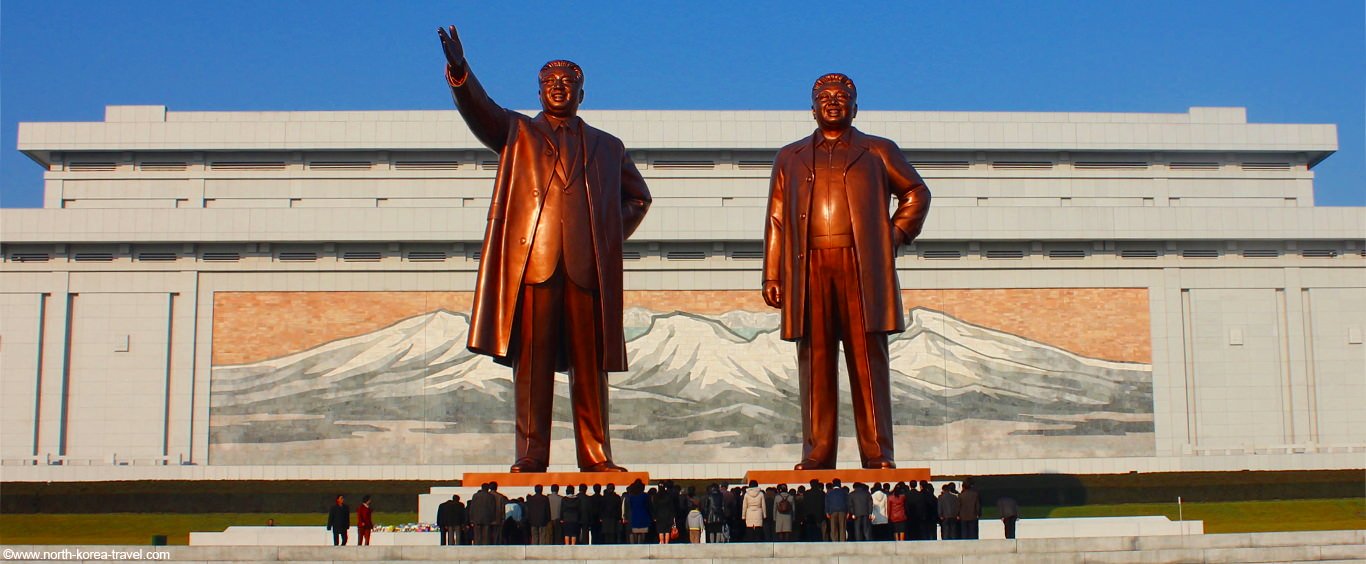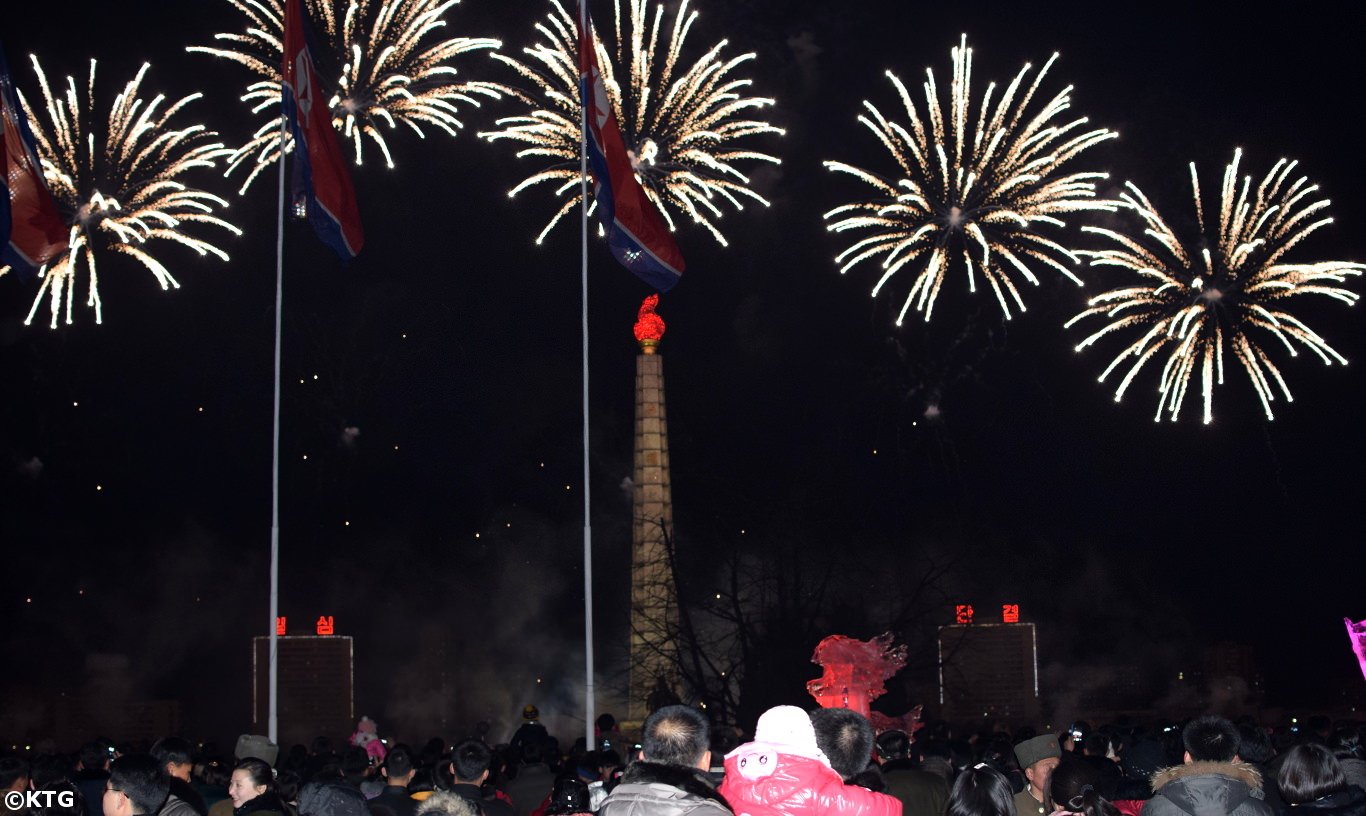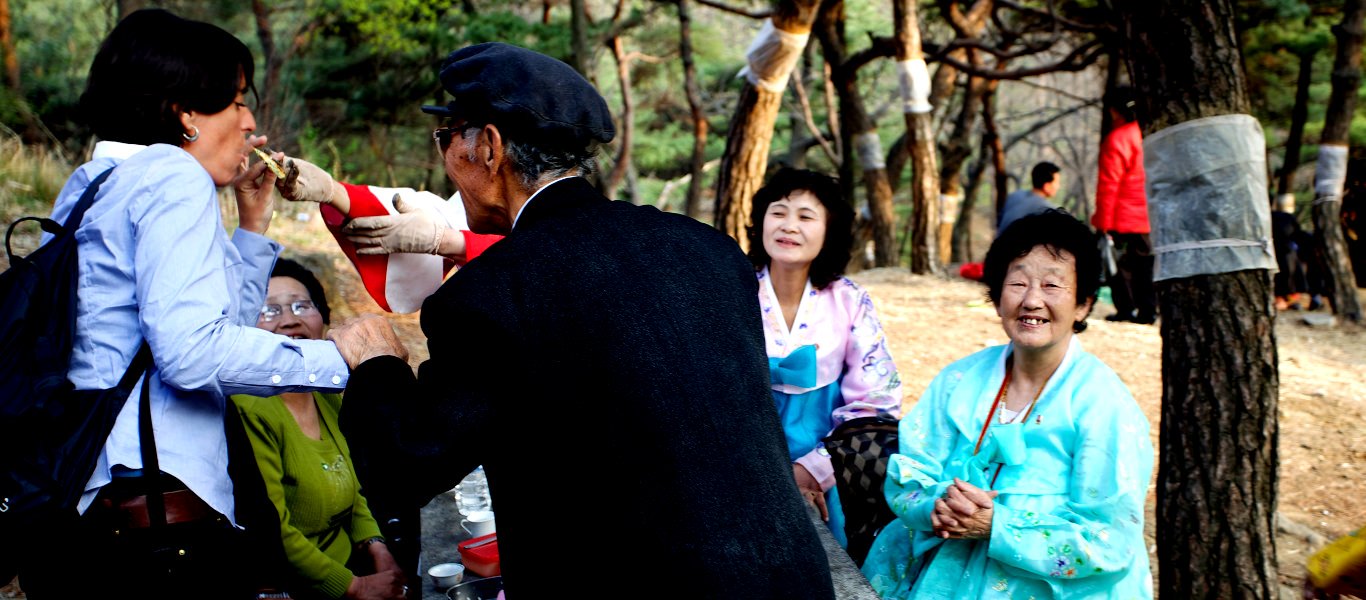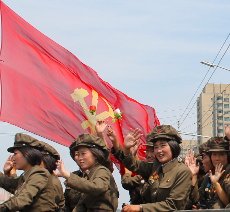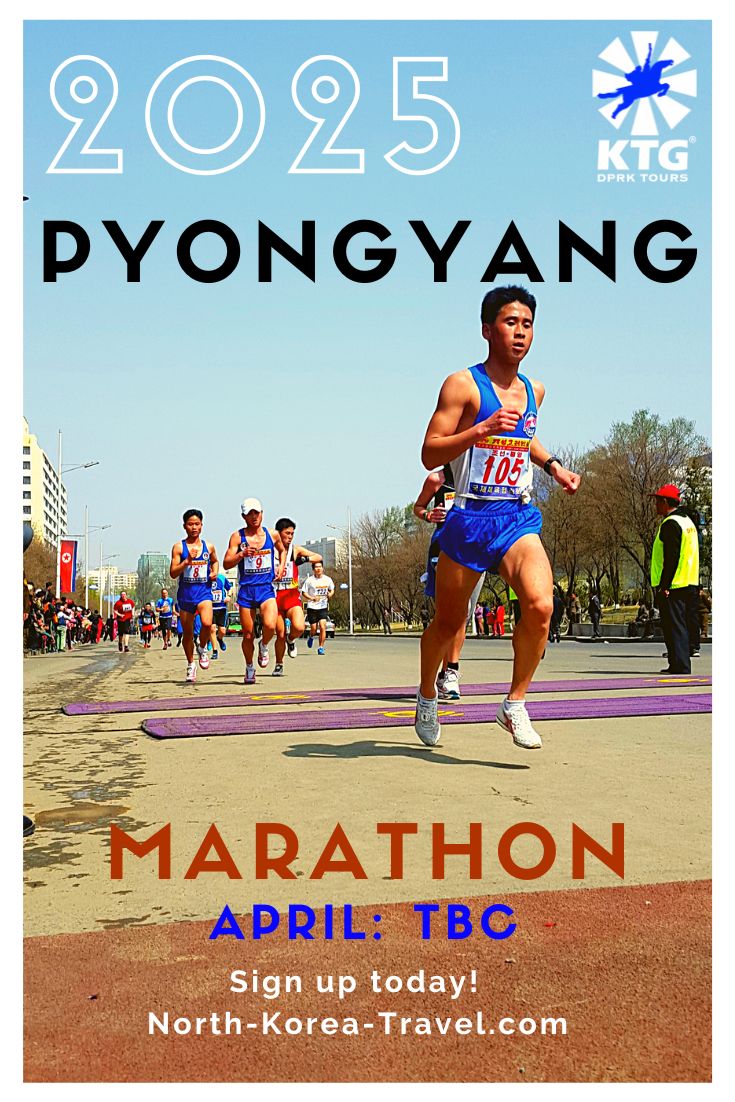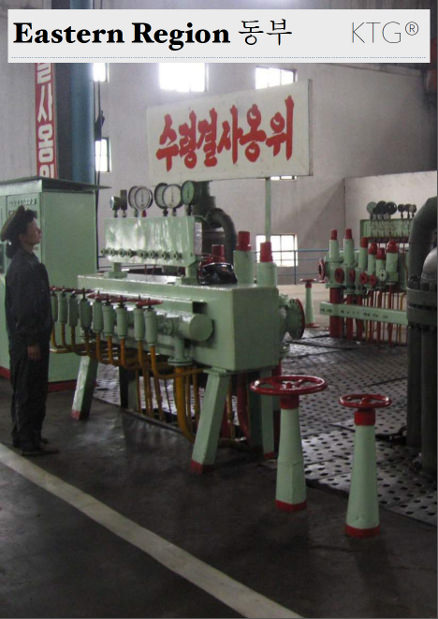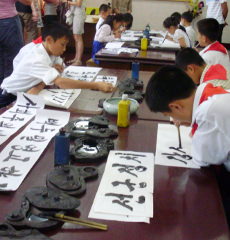Leader Chairman Kim Jong Il | 1980 onwards
This section briefly describes Leader Kim Jong Il's transition to power after the passing away of President Kim Il Sung in 1994.
By the 1980s Leader Kim Jong Il's senior position is well established in the Workers' Party of Korea. He is already referred to by Koreans as the "Dear Leader". There is little doubt abroad that he would lead the DPRK after President Kim Il Sung states in 1980 that Leader Kim Jong Il will replace him in the future. National devotion for him is tangible.
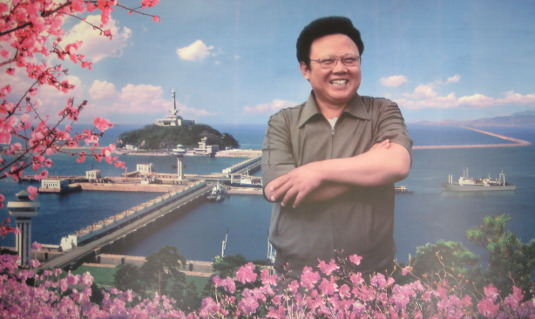
Image of the Leader Kim Jong Il with the West Sea Barrage which was built in the 1980s under his supervision.
In 1992, a year after Leader Kim Jong Il is proclaimed Supreme Commander of the DPRK Armed Forces, President Kim Il Sung publicly announces that his son is in charge of all national affairs.
On July 8th 1994 President Kim Il Sung passes away and the Leader Kim Jong Il is turned into the Supreme Leader of the DPRK (though the title of Eternal President is attributed to Kim Il Sung 3 years later). Chairman Kim Jong Il frequently visits factories, farms and workers throughout the country, encouraging them to increase productivity and giving them advice and on the spot guidance.
A lot of the North Korean media focuses on him and his achievements.
Chairman Kim Jong Il passed away on 17 December 2011 and, like President Kim Il Sung, remains in state in the Kumsusan Palace of the Sun. Marshall Kim Jong Un is currently Chairman of the Workers' Party of Korea, Chairman of the State Affairs Commission of the Democratic People's Republic of Korea, and Supreme Commander of the Armed Forces of the Democratic People's Republic of Korea.
Please click on North Korea Information to go from our section ofChairman Kim Jong Il's life from 1994 to read more general information about the DPRK.


















